Technology and Architecture: How AI, VR and Parametrics Are Changing Practice
The profession is shifting from linear delivery to iterative, data‑driven loops — where algorithms, immersive tools, and performance models collaborate with human intuition.
AI is expanding rapidly into architectural workflows. Rather than replacing architects, AI augments them: it generates multiple design alternatives, predicts performance outcomes, optimises form, and analyzes user/occupant behaviour. A systematic review finds that AI methods like machine learning (ML) and predictive modelling support tasks from spatial planning and parametric modelling to sustainability analysis. Another recent article explains how “AI & Parametric Design: The New Architects of the Built Environment” outlines how AI and algorithmic design are merging, opening new design spaces and performance opportunities for architecture.
Virtual reality (VR) and augmented reality (AR) are changing how architects engage clients, teams and construction sites. In immersive environments, architects and clients can walk through unbuilt spaces, test materials and spatial relationships, and make real-time changes. One article describes how AR/VR tools allow clients to feel how materials like wood or stone will look/feel before construction, reducing misinterpretation and rework.
Parametric design uses algorithms and parameters (e.g., structural loads, daylighting, material constraints) to drive form and systems. With the addition of AI, this becomes generative design: the computer explores a large design space of possibilities under given constraints and presents optimal forms. Overviews show parametric architecture evolving via AI — enabling responsive façades, performance‑based form‑making and intricate geometries, and pointing to buildings that can adapt in real‑time to environment and behaviour.
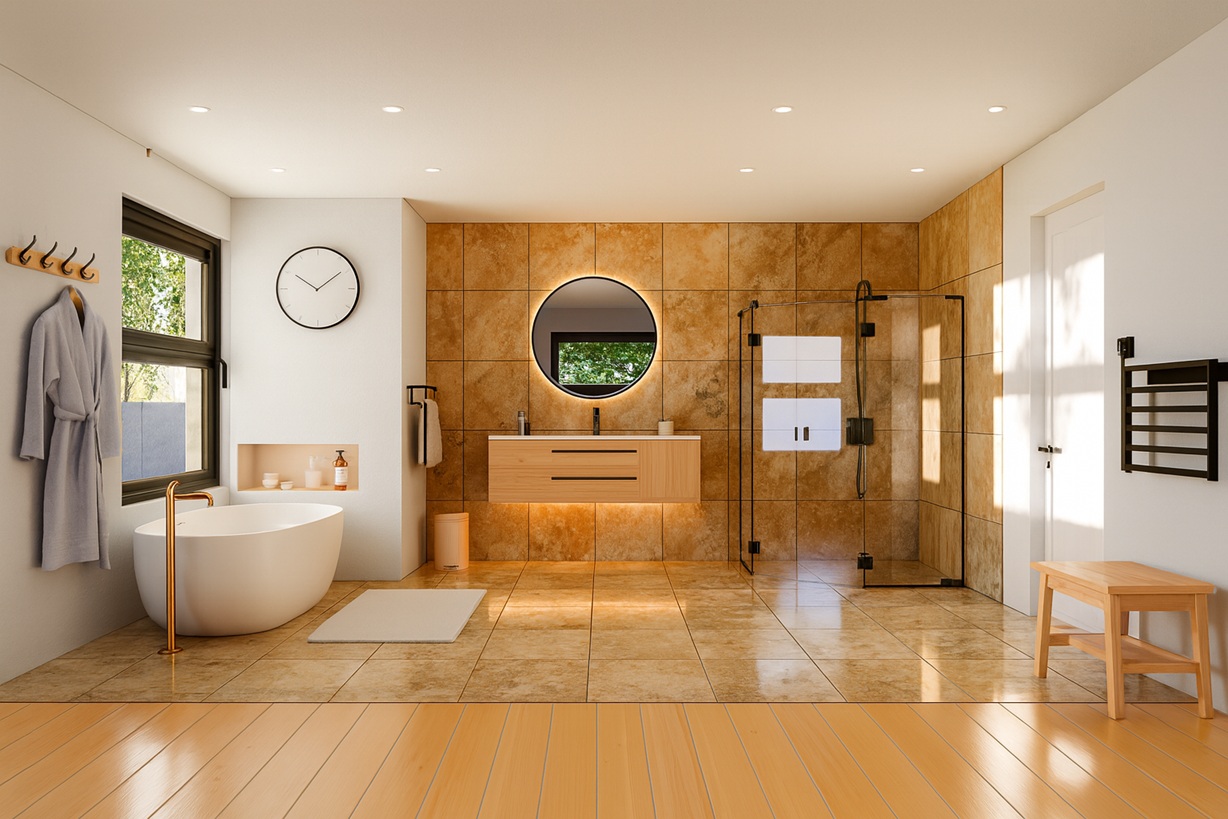
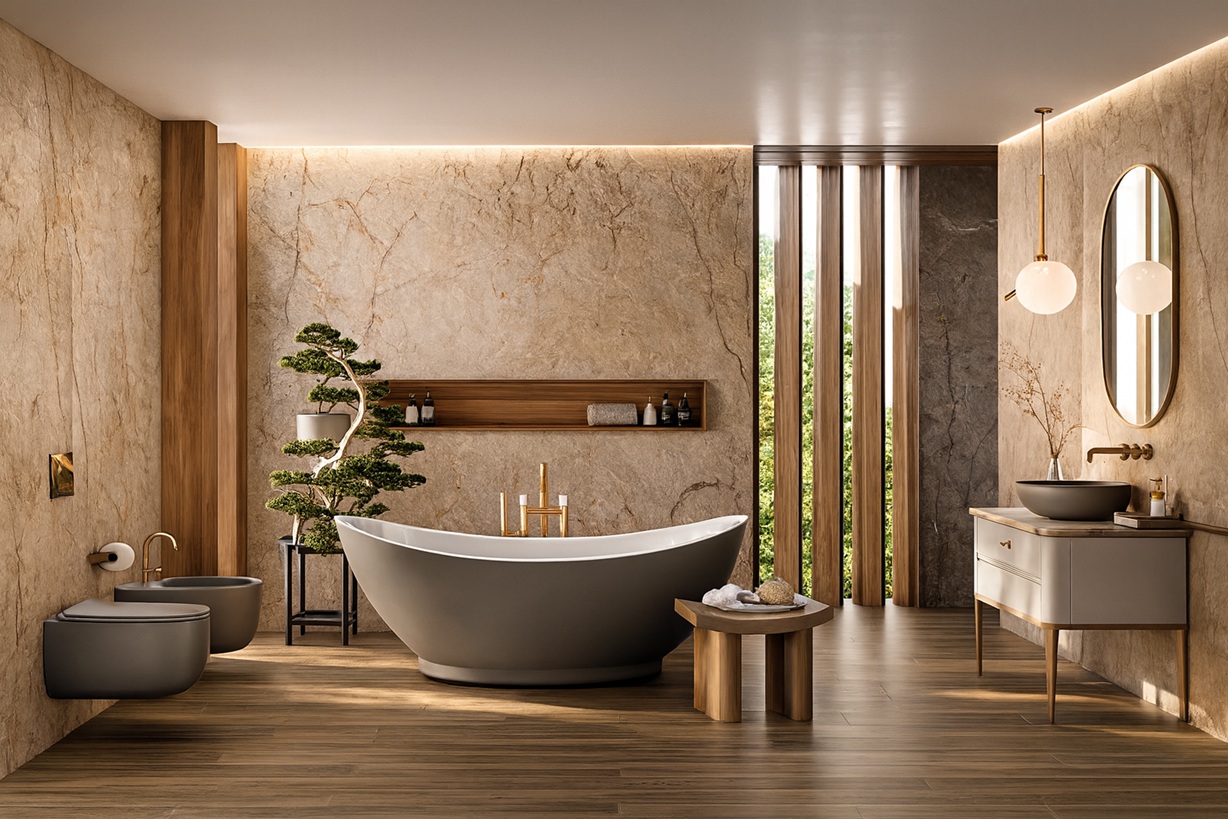
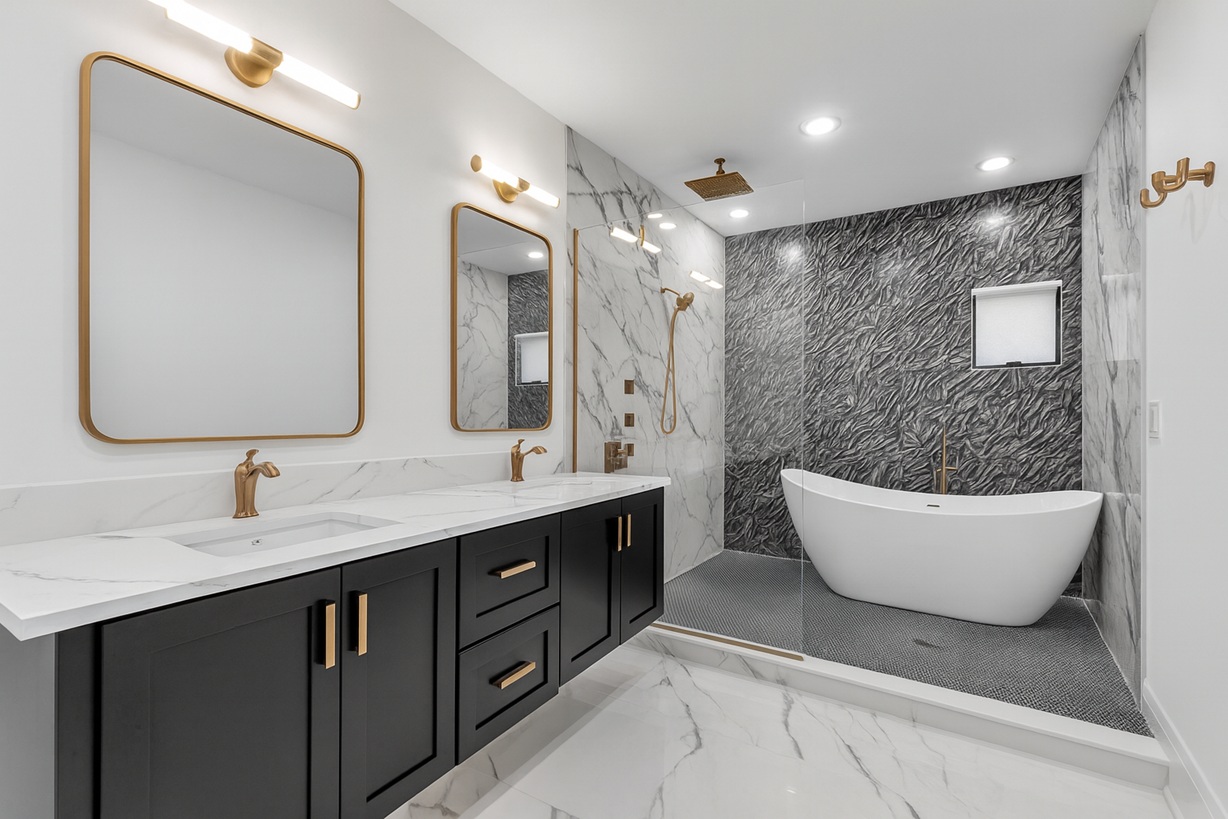
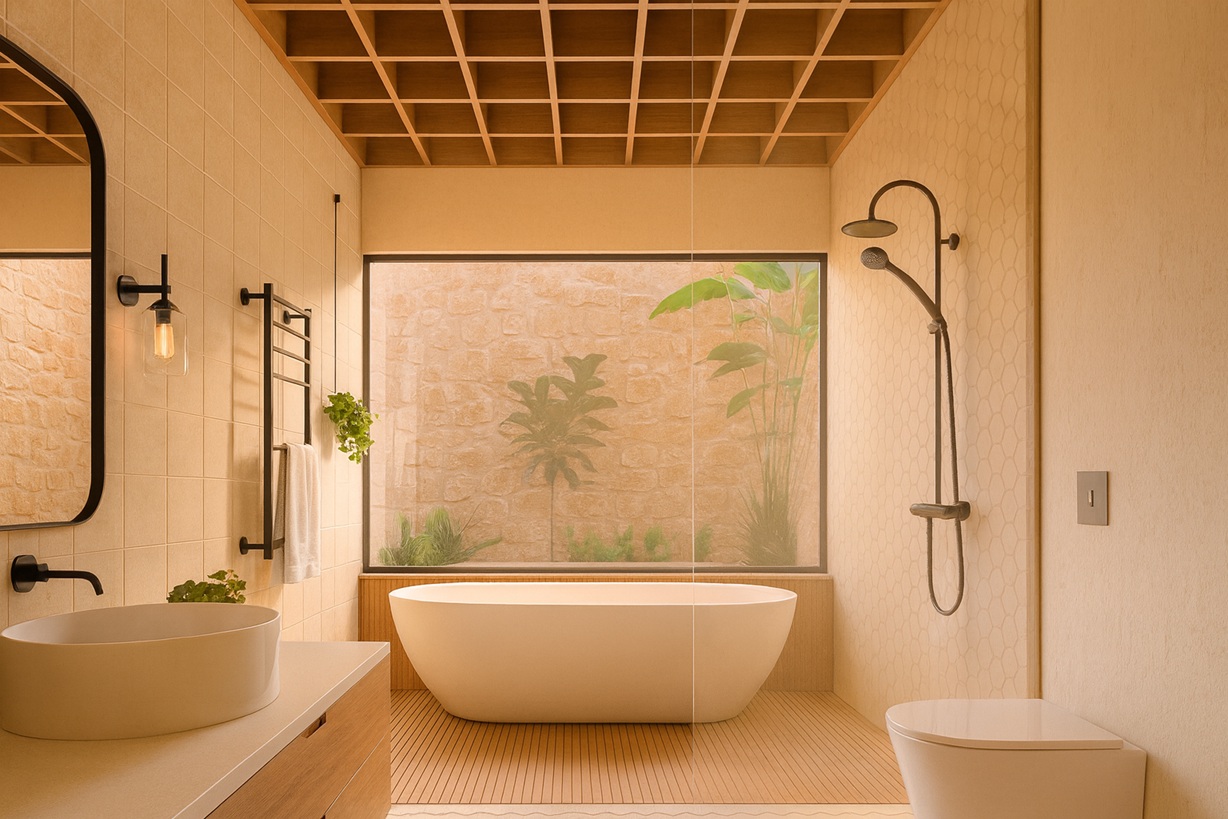
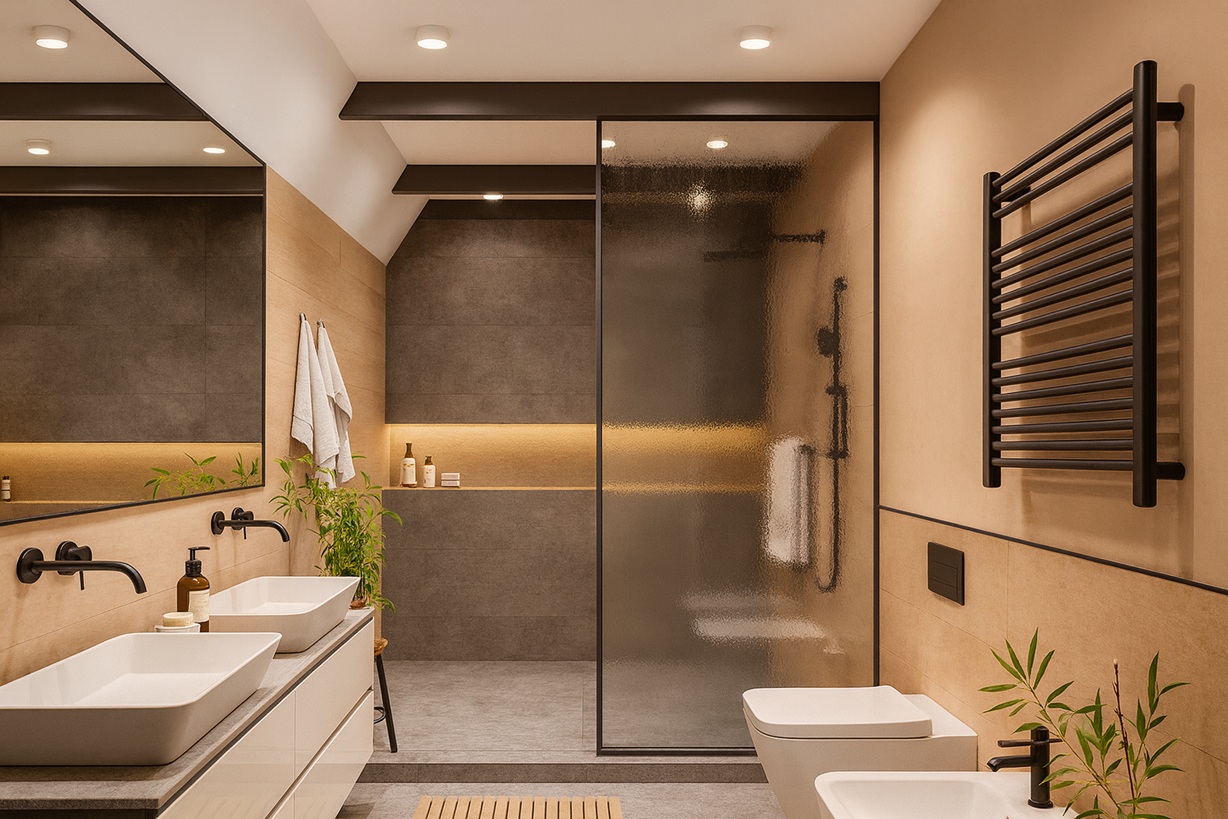

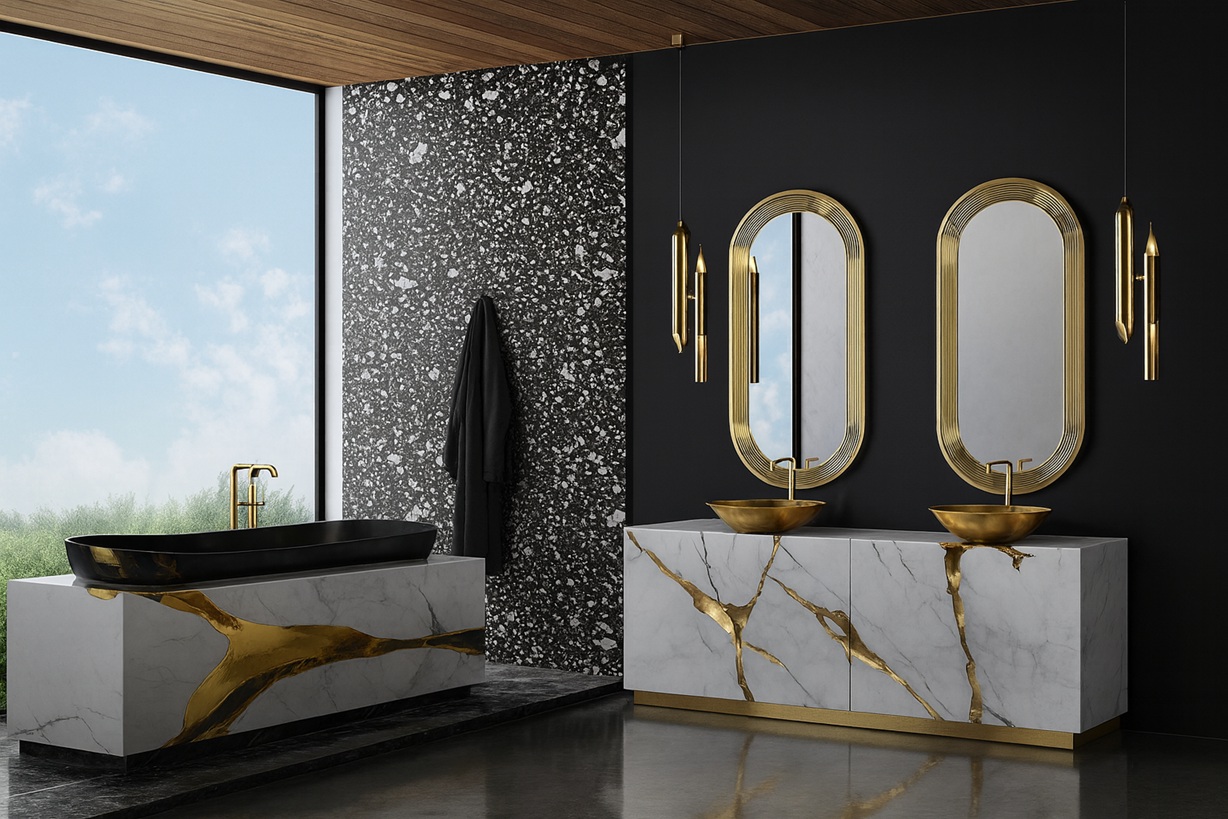
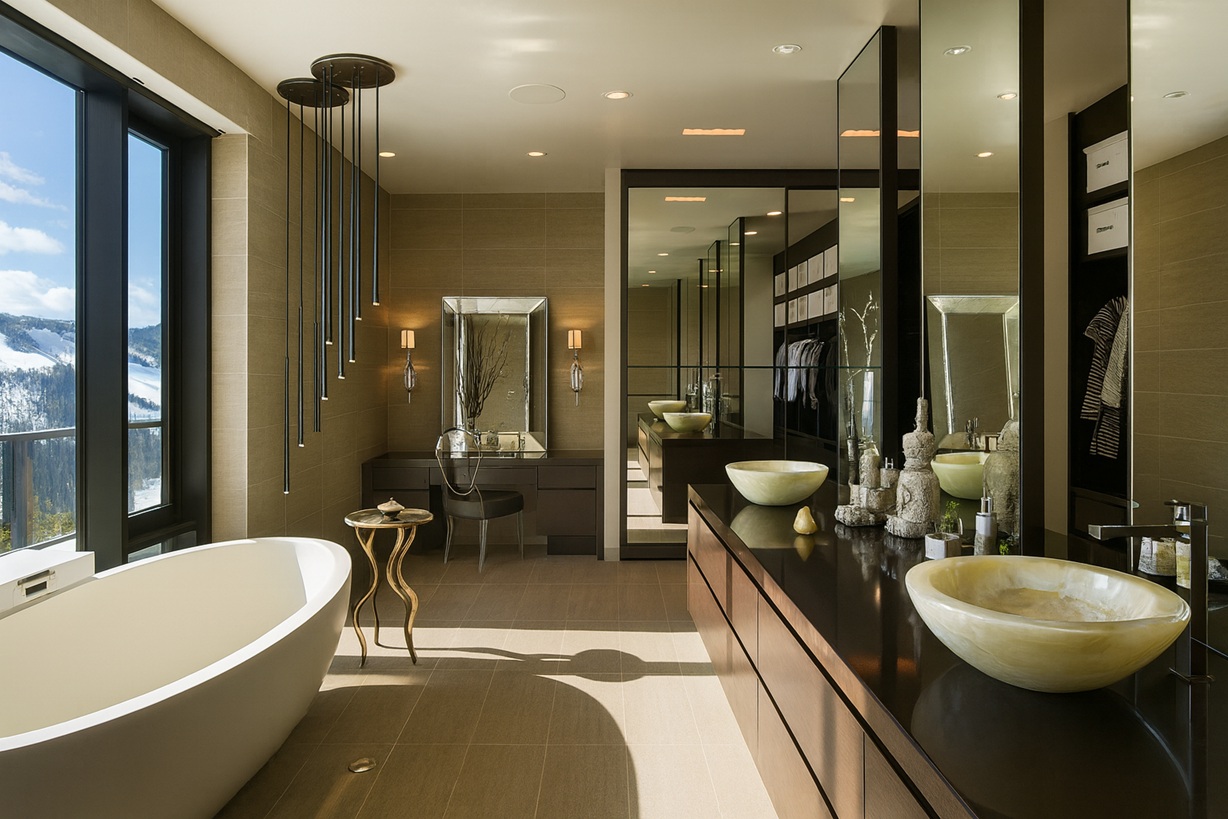

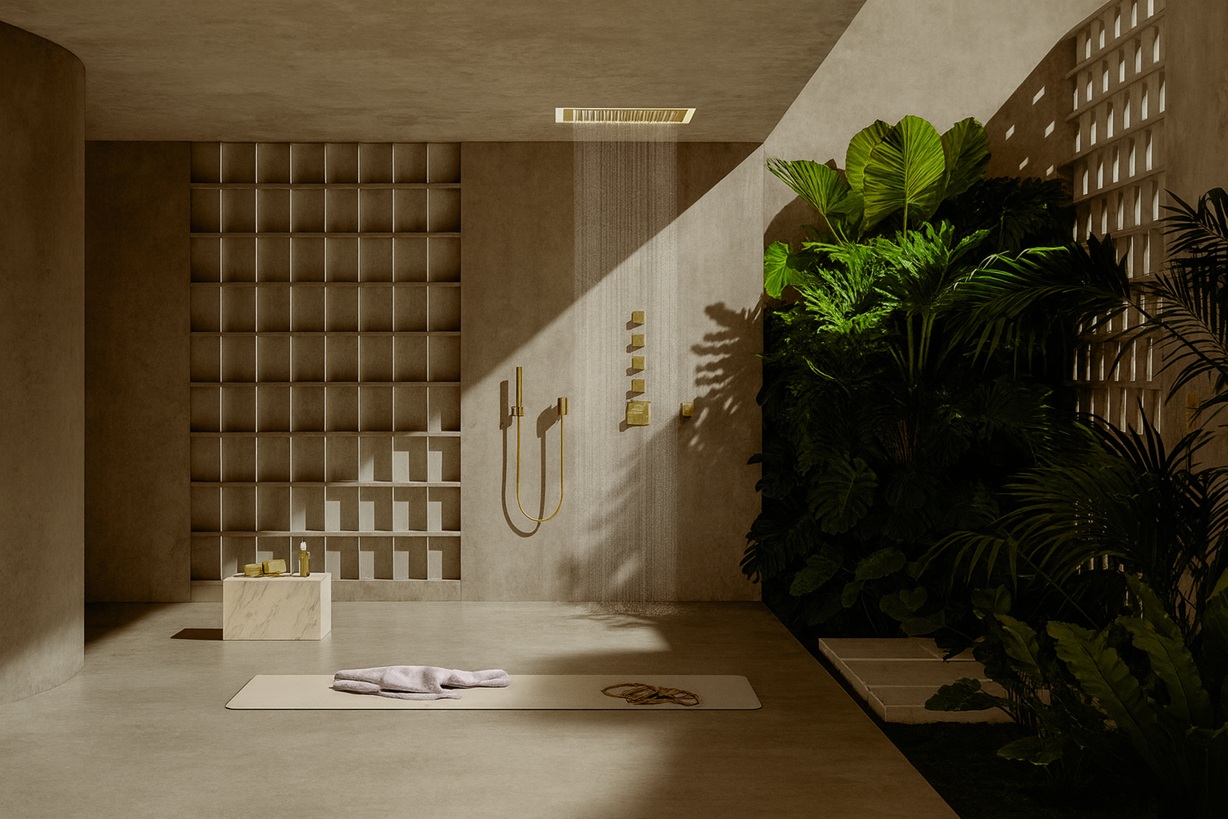
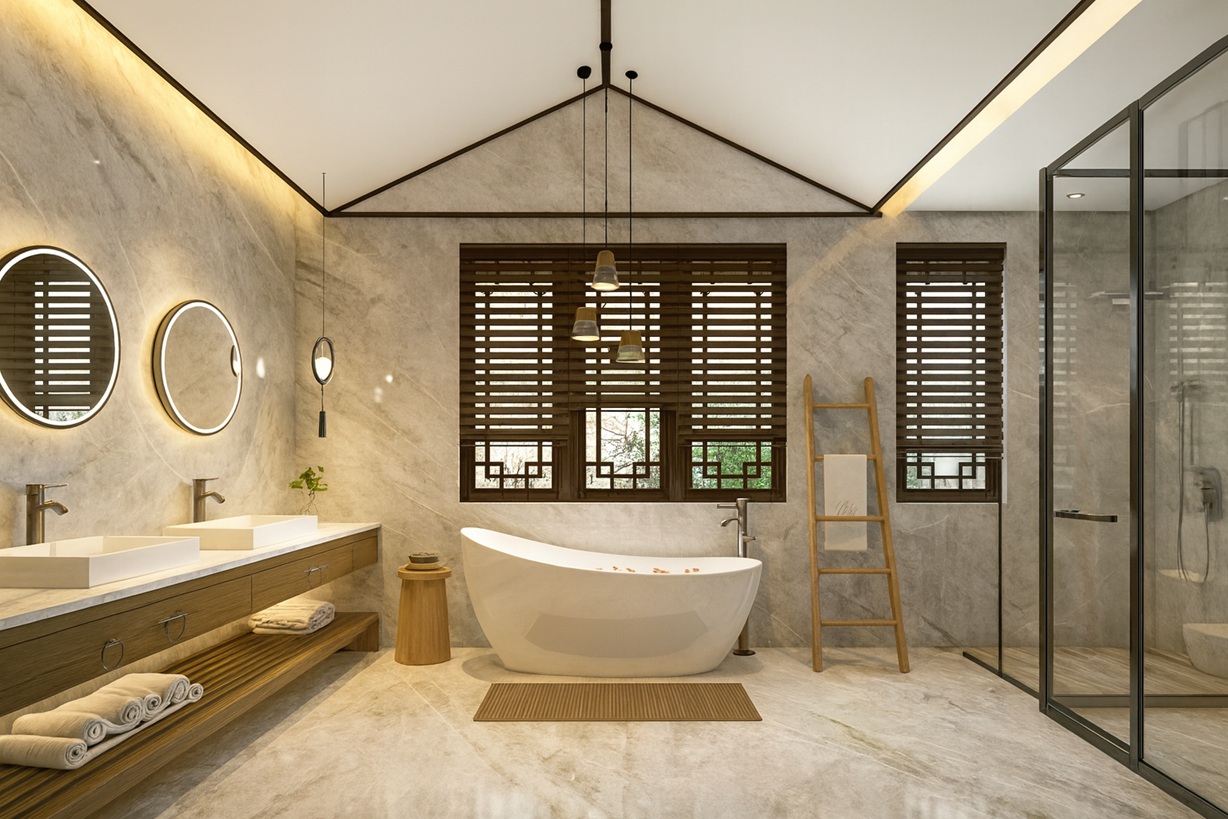
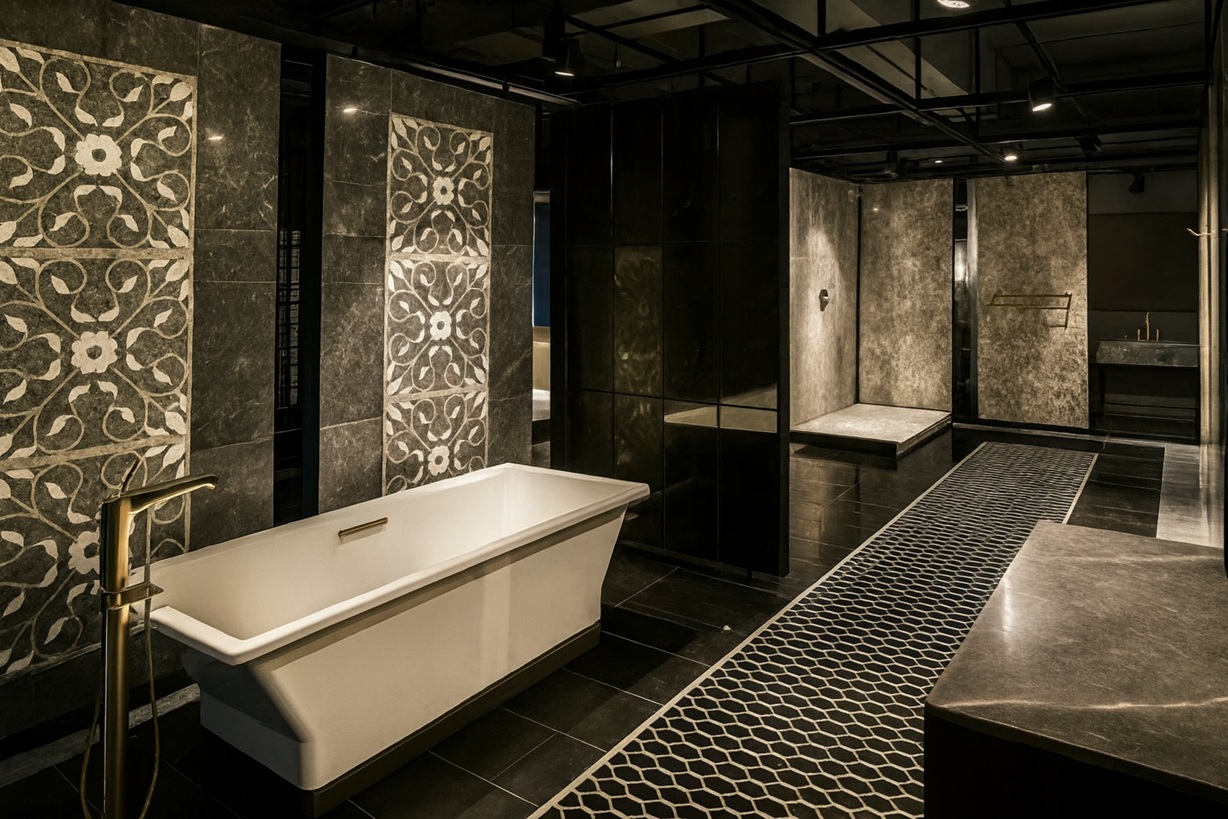
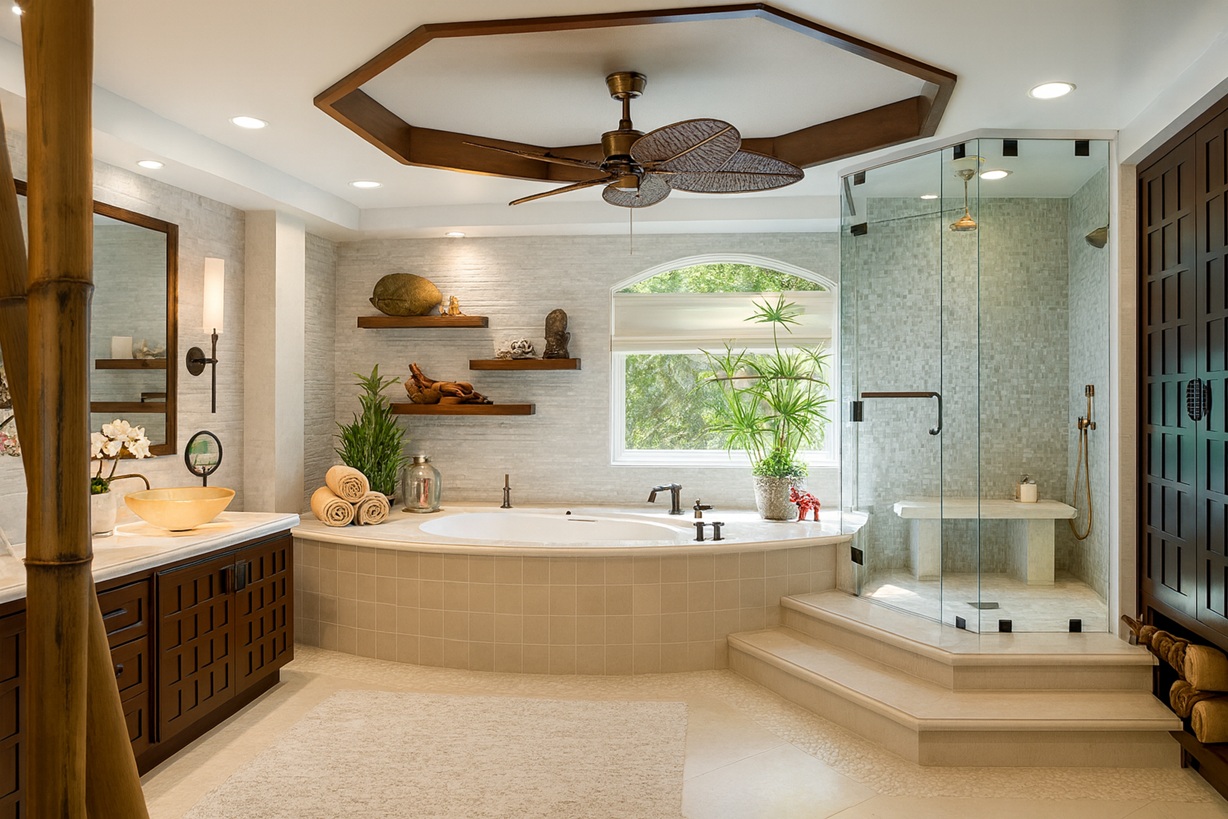
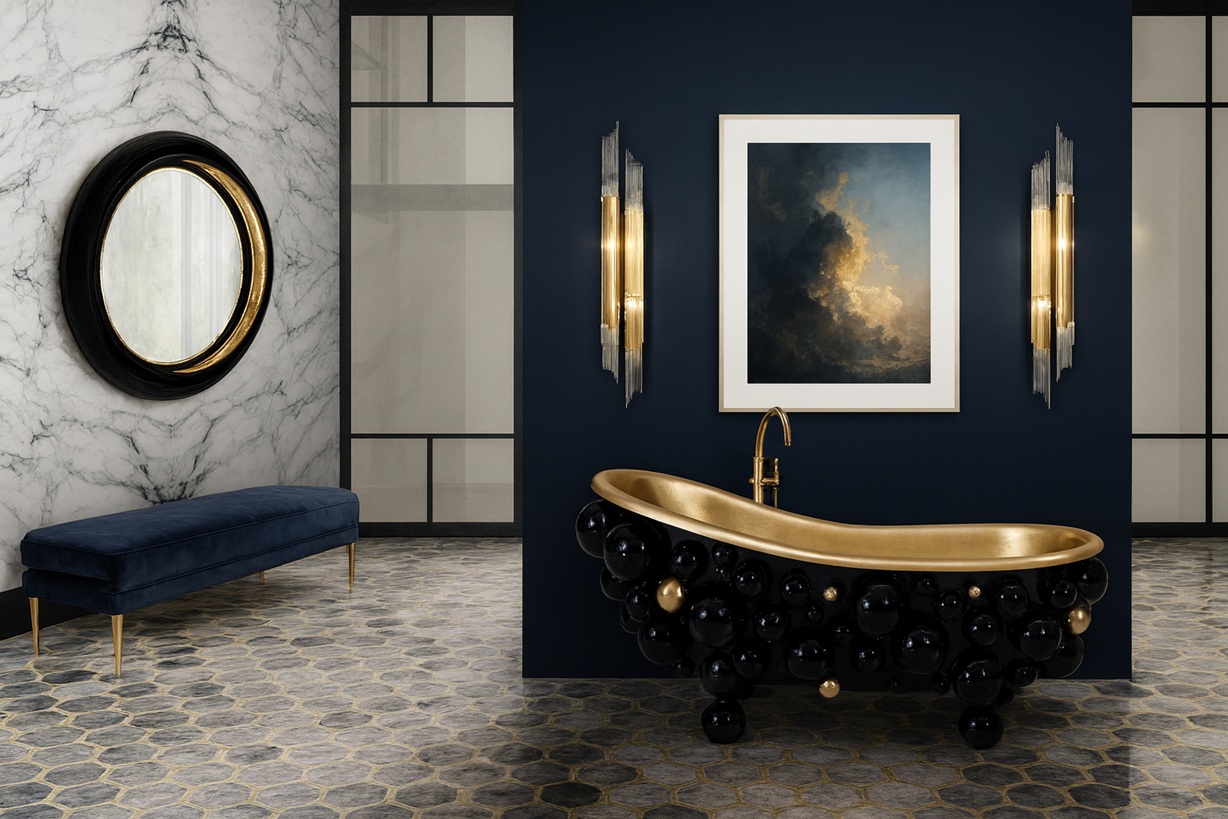
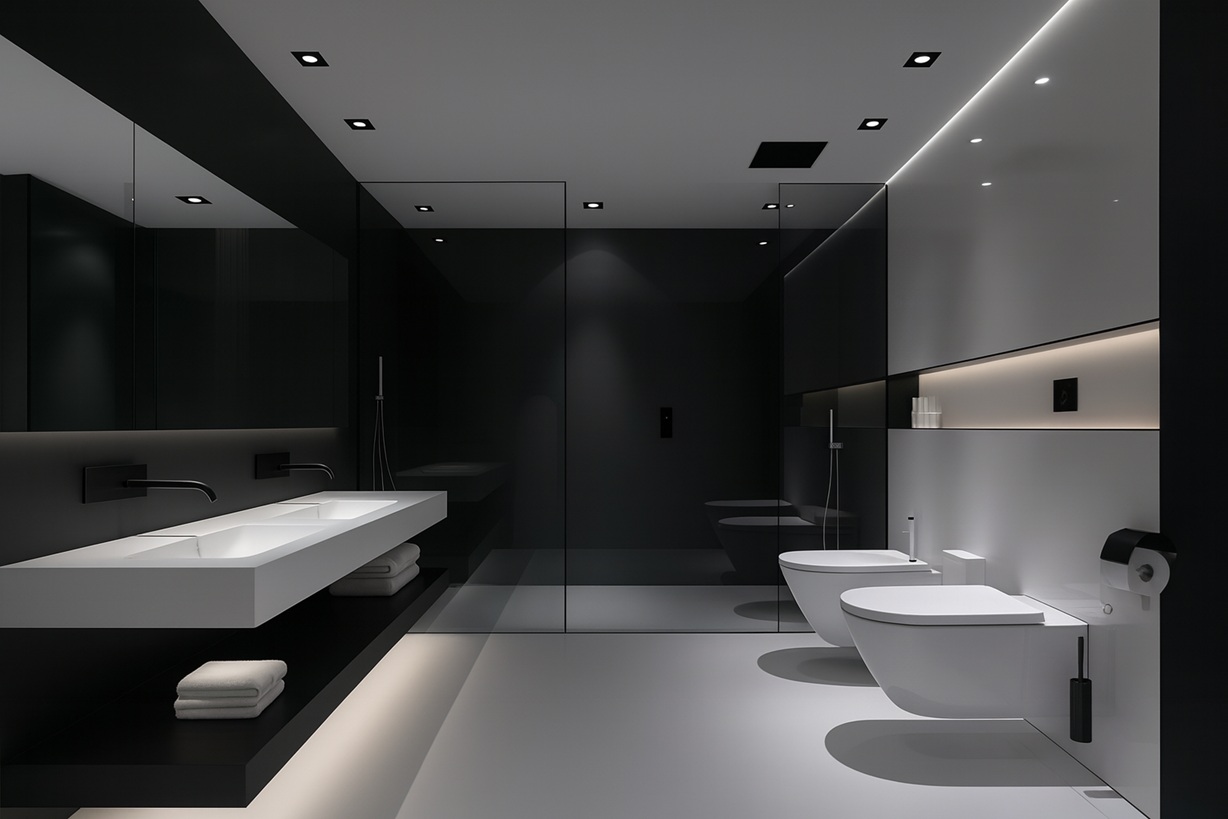
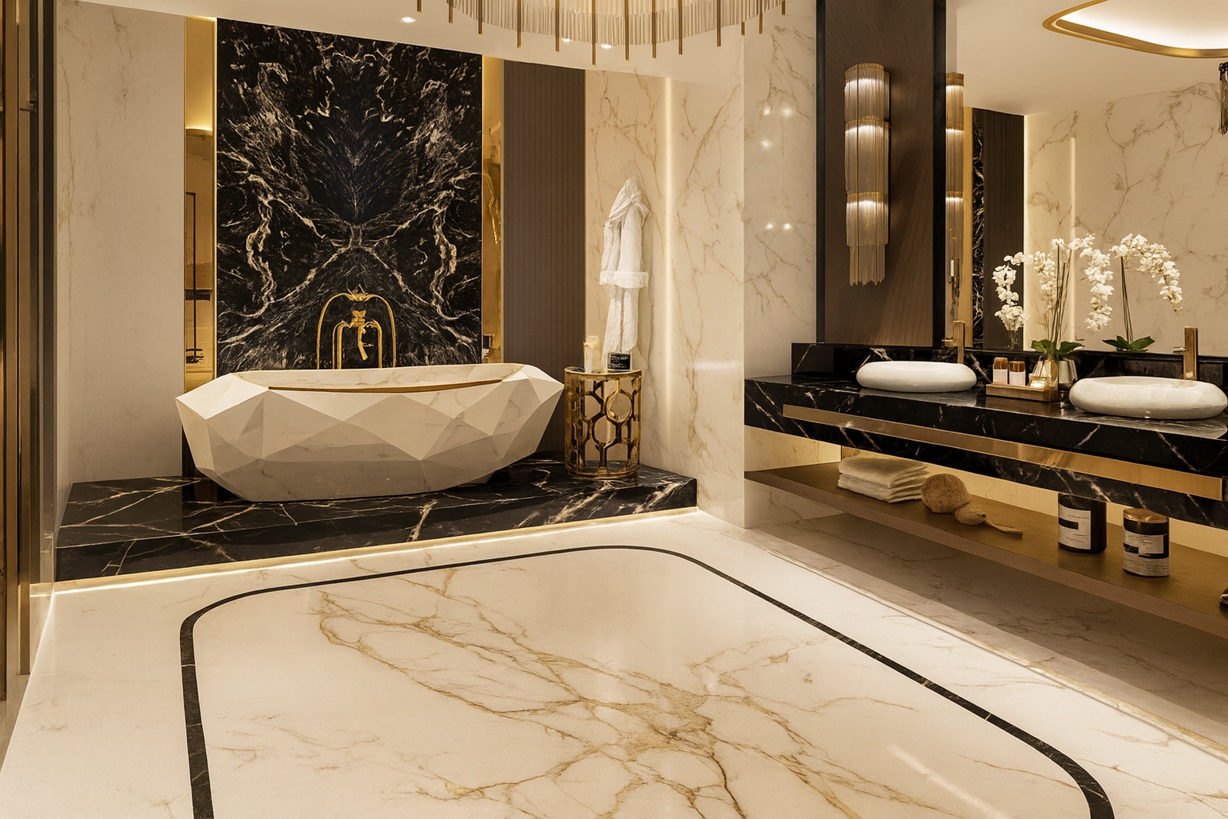
No responses yet